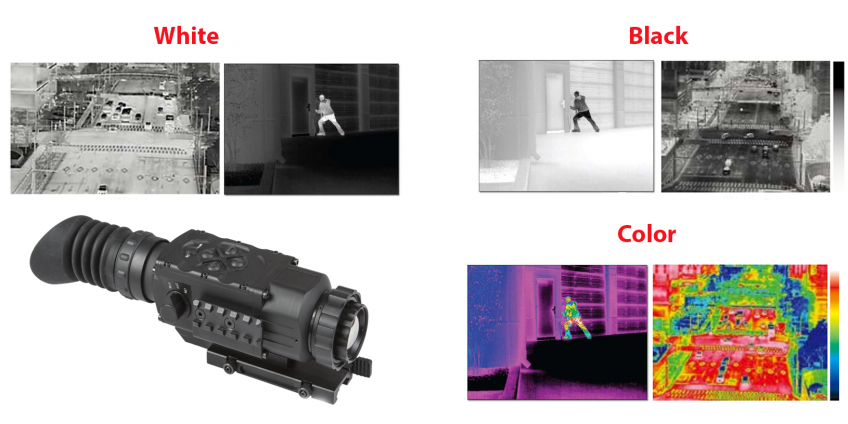
This product is not exportable outside the United States.
By adding this item to cart, you agree and acknowledge the Export Policy and confirm that you are a person in the United States with no intentions to illegally export the device.
This product is not exportable outside the United States.
By adding this item to cart, you agree and acknowledge the Export Policy and confirm that you are a person in the United States with no intentions to illegally export the device.


0

0


Today thermal imaging cameras are widely used in various spheres of human activity. It is caused by the fact that the specified equipment can capture the minimum temperature changes that the human eye cannot notice. All you need is infrared radiation to operate this device. Besides, it can be used from a distance.
To determine whether you want to purchase a thermal imaging camera in color or black and white, you need to determine the camera's purpose. Why do you need a thermal imaging camera? A thermal imaging camera can detect equipment in total darkness up to 3 kilometers away in military intelligence or security. It can detect a person at a distance of about 300 meters. Medical devices are used to detect various diseases by studying the parameters of infrared radiation. Scientific thermal imaging devices help to conduct experiments and laboratory studies.
In industry, the devices help to control the normal flow of technological processes and prevent emergencies. In construc-tion, thermal imaging devices help to identify defects in the building structure. This applies to the fatigue aging of metal that appears in the deformation zones. It is there that more heat starts to be generated. Thanks to this, it is possible not to dismantle the structure to find defects and prevent their possible destruction.
Which thermal imaging camera is better, black and white or color? The answer to this question depends on the purpose of the instrument.
Thermal imaging cameras used for surveillance are often equipped with monochrome screens. This color scheme provides the highest contrast required to track people or animals in protected areas or nature. Military, security, law enforcement, and hunters, rescuers, and naturalists use these subspecies.
Since these thermal imaging cameras are only needed to monitor, guard, and detect warm bodies, they may not have the means to determine temperature.
Thermal imaging cameras for measurement have a very high sensitivity. The screen transmits a color image, each shade of which corresponds to a certain temperature. The device is required to measure the surface temperature of objects. The thermogram shows the degree of heating of any point in the captured image.
Measuring thermal imaging cameras are needed for remote control without destroying structures. They are used in con-struction, industry, medicine, diagnostics of electrical equipment, etc.
The variety of thermal imaging cameras, reviews, and feedback can be even more confusing with the decision of which device to choose. Consumers agree that you have to choose based on the intended use and the available budget. Don't chase after all the tricks if you don't need them. For hunting, security, a device with rangefinders, telescopic lenses, and a clear picture is better for the industry - with high range, fail-safe, and inspection of houses, cottages, villas - compact, stand-alone devices that are enough for several hours of battery life.
Thermal scopes and handheld optics offer several options, the main difference being the gamut. Choosing the right con-trast display for thermal signatures is a key question that you should face before purchasing. There are no right solutions or universal answers here, as you must be guided by the scope of the device and the tasks you set for yourself.
The main types of colors are those that we will give below. It is from them that we advise you to make a choice.
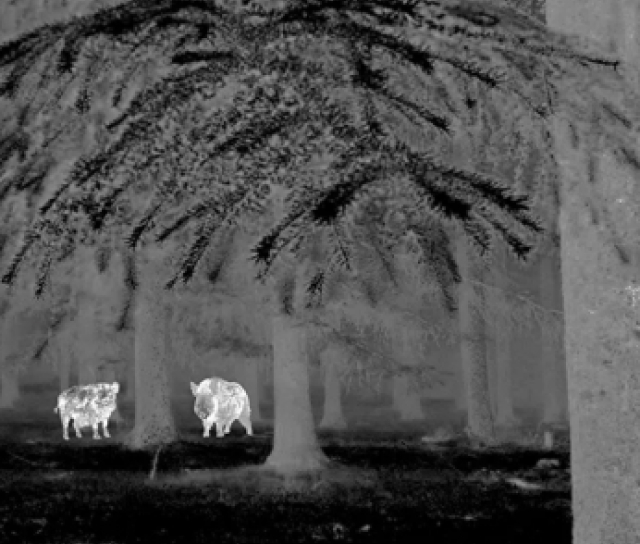
This palette is one of the most popular and widespread among ordinary users. In this case, the image is built according to a monochrome, two-color scheme. Warm objects are displayed in lighter tones, while cold objects are displayed in dark col-ors. Shades of gray create a detailed picture and are responsible for displaying objects with a wide temperature range. De-vices with such a palette are perfect for observing cityscapes and for locations with a dynamically changing environment.
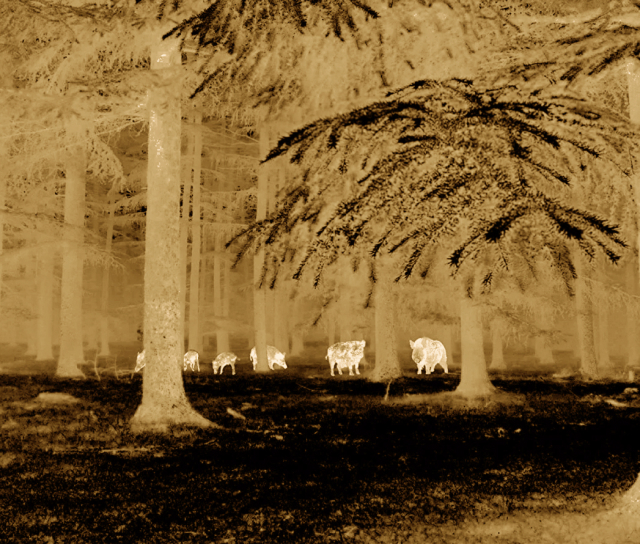
If you have ever dealt with photo processing, then you perfectly understand what this effect is. This palette gives a golden hue to the White Hot palette, due to which, with prolonged observation, the eyes do not get tired much. This is due to the narrow visual spectrum.
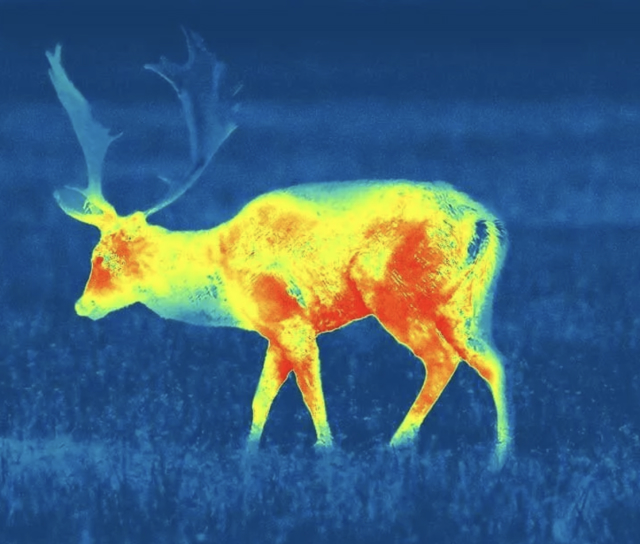
This technology allows different colors to be used. Thanks to this, even the smallest temperature differences are perfectly displayed. Even low contrast conditions are not critical for such a palette.
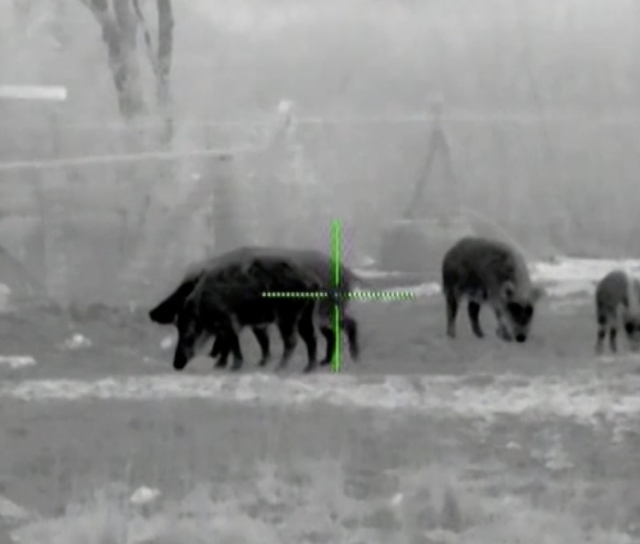
Analogue of White hot, in which everything is the other way around: warm objects are displayed as black, cold objects as white. This palette is popular among hunters and police officers, as it gives the operator an efficient display of the temper-ature signatures of the object under observation.
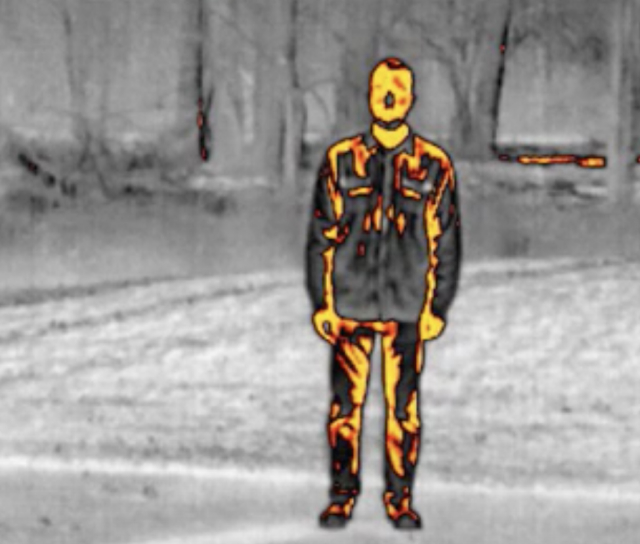
This system is based on the Black Hot gradient. It has been designed to detect body temperature quickly. The combination of bright orange and yellow hues allows you to observe contrasting locations effectively.
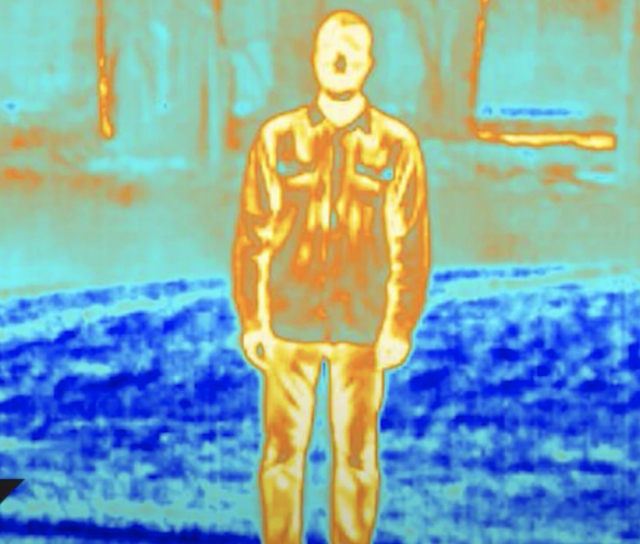
A combination of simple colors and low contrast displays warm objects in a gold palette and cool objects in shades of blue.
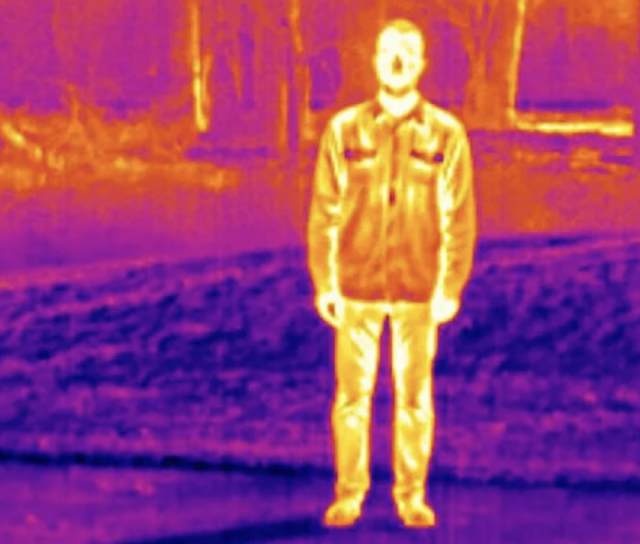
This palette displays hot objects in lighter colors and cold objects in dark colors. It allows you to quickly identify heat anomalies and reveal the heat signatures of living organisms.
Your work's efficiency with thermal imagers depends on how comfortable and efficient you can observe and how quickly you can identify objects. Therefore, as we already mentioned, there are no universal recommendations for choosing a pal-ette. It would help if you combined the personal characteristics of your vision and the tasks that you face. Only this ap-proach will guarantee you choose a device that will become your second eye in poor visibility conditions.
You can find more information about thermal imaging here:
What Do The Colors Mean In Thermal Imaging?
Types of Thermal Pallets
In our store
Table of contents
Featured Articles
How to choose a thermal rifle scope? The principle of operation of a thermal imaging sight and options for its use. Description of the best models of ..
A little bit of history here; Historical facts about who invented the thermal imaging instrument, when and for what reason...
If you want to dive deep into what kind of images a thermal camera produces and what the colors in such imaging means, just read the article...
Night vision vs. thermal optics: what you need to know. A brief description of both technologies and their positive and negative qualities. The main d..
Here you can get to know more about thermal vision and principles of its work..